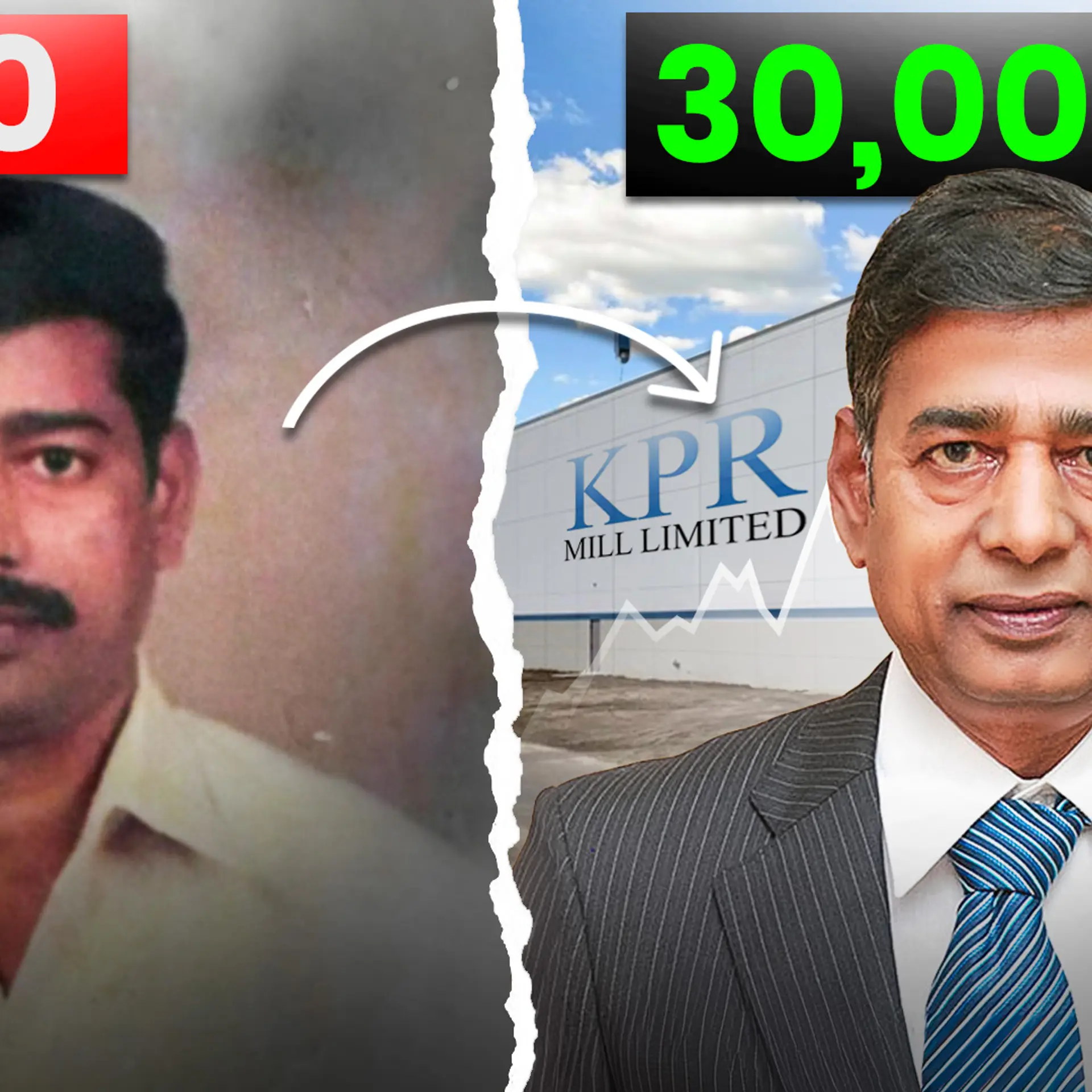Are you leading an impactful life?
Using a mix of observations and statistics, I have created something called a Social Impact Model. This model enables you to understand the level and context of your role in society. In reality, most of us know our level and context in the society, what I have done is place it in a simple framework.

Level 1: At a basic level almost all of us have an impact on our families. This includes grandparents, parents, siblings, aunts, uncles, cousins, spouse and children and even friends
Level 2: Many of us venture outside the home and have an impact outside- at a basic level we impact other people - employees, employer, co-workers and anybody who goes out to work could be included in the group.
Level 3: Some of us not only have an impact on our families and co-workers but because of what we do, we may have an impact on a larger eco-system. These could include - investors/shareholders, vendors, suppliers, local communities and so on. We tend to be far more influential than the average person in Level 2.
Level 4: A few of us are extremely talented, lucky or rich and tend to have an impact on large numbers of people. In some way, we are similar in our actions to those in Level 3 but the difference is the scale of impact. Level 4 people impact millions of people. Examples could be world leaders like India’s Prime Minister, Narendra Modi.
Level 5: These are a handful of people who have changed the direction of civilization, such as people from science and technology. One example could be the Johannes Gutenberg, the inventor of the printing press.
Membership to each of these groups needs different levels of skills and abilities (and probably some luck)
Everyone becomes a member of Level 1 by birth. Unless one has terrible social skills, it is unlikely that people will get eliminated from Level 1.
To make it to Level 2, people need certain levels of skill, time and effort. Individuals in this group use these skills to earn a living and figure ways to reach Level 3.
Those in Level 3 have a variety of resources at their disposal. These could include wealth, access to networks, good social skills, high emotional quotient, and so on. Therefore they stand out in society and community as people worth emulating. Many in Level 2 want to be in Level 3. Many in Level 3 aim for Level 4.
The Level 4 people are usually the top most raters in their professions. They are highly skilled problem solvers, they have an extraordinary ability to understand things (relevant to them) and at a significantly faster pace than most others. They are extremely persistent and driven. But the biggest difference between them and Level 3 is their ability to grasp the bigger picture. Level 4 people tend to understand the big picture of their area of expertise at a much better and quicker pace than Level 3 people and therefore are far ahead of the curve.
A society's wealth is mostly dependent on what percentages of the population are located higher up on the pyramid. Higher the percentage of people higher ups in the pyramid, higher the affluence levels of the society. In India, 46 percent of the population is in Level 1 and is unlikely to move to other levels, the equivalent for China is 29 percent. The point is, more the people moving to Level 2, more likely are we to have a large number of people in Level 3 and Level 4. One of the arguments made in India is that being in Level 1 only ensures greater happiness and satisfaction. Linking this data (at a glance) shows no such linkage with results of happiness surveys.
In many ways, life is like a game, where people are trying to reach the top of this pyramid. Everyone is aiming for the next higher level and therefore the game appears to never end. The quest is a permanent one. Most of us are contented with being at Level 1 and Level 2 and some of us at Level 3. The most ambitious ones attempt to be at Level 4. I am not sure anyone knows how to be in Level 5, it just happens I guess.
This is a simple effort of mine to look at one's career and life.
(Disclaimer: The views and opinions expressed in this article are those of the author and do not necessarily reflect the views of YourStory.)







